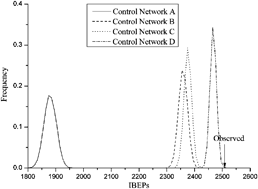Recently, the debate on the centrality-lethality rule is resolved by the “second-generation” high-throughput Y2H data from the yeast interactome network, which suggests no significant correlation between the degree of connectedness and essentiality of proteins. However, it is still not clear why essential proteins strongly tend to interact with each other. Previously, the concept of essential protein–protein interactions was proposed to explain the mechanism underlying the clustering of essential proteins. In this article we show that 67 to 75% of the excessive interactions between essential proteins (IBEPs) in the yeast interactome network can be attributed to interactions within protein complexes characterised by the same deletion phenotype for subunits within the complex. Furthermore, 20 to 78% of the excess in IBEPs are caused by the strongly modular structure of the network and by variation in protein essentiality among modules. Not only do proteins function as an interactive network in cellular processes, but furthermore, many proteins do not take part in the network alone, but integrate into protein complexes and many functionally related complexes integrate into modules. So, the local structure of protein complexes as both functional and structural modules are the main contributory factors in the clustering of essential proteins.

You have access to this article
 Please wait while we load your content...
Something went wrong. Try again?
Please wait while we load your content...
Something went wrong. Try again?


 Please wait while we load your content...
Please wait while we load your content...